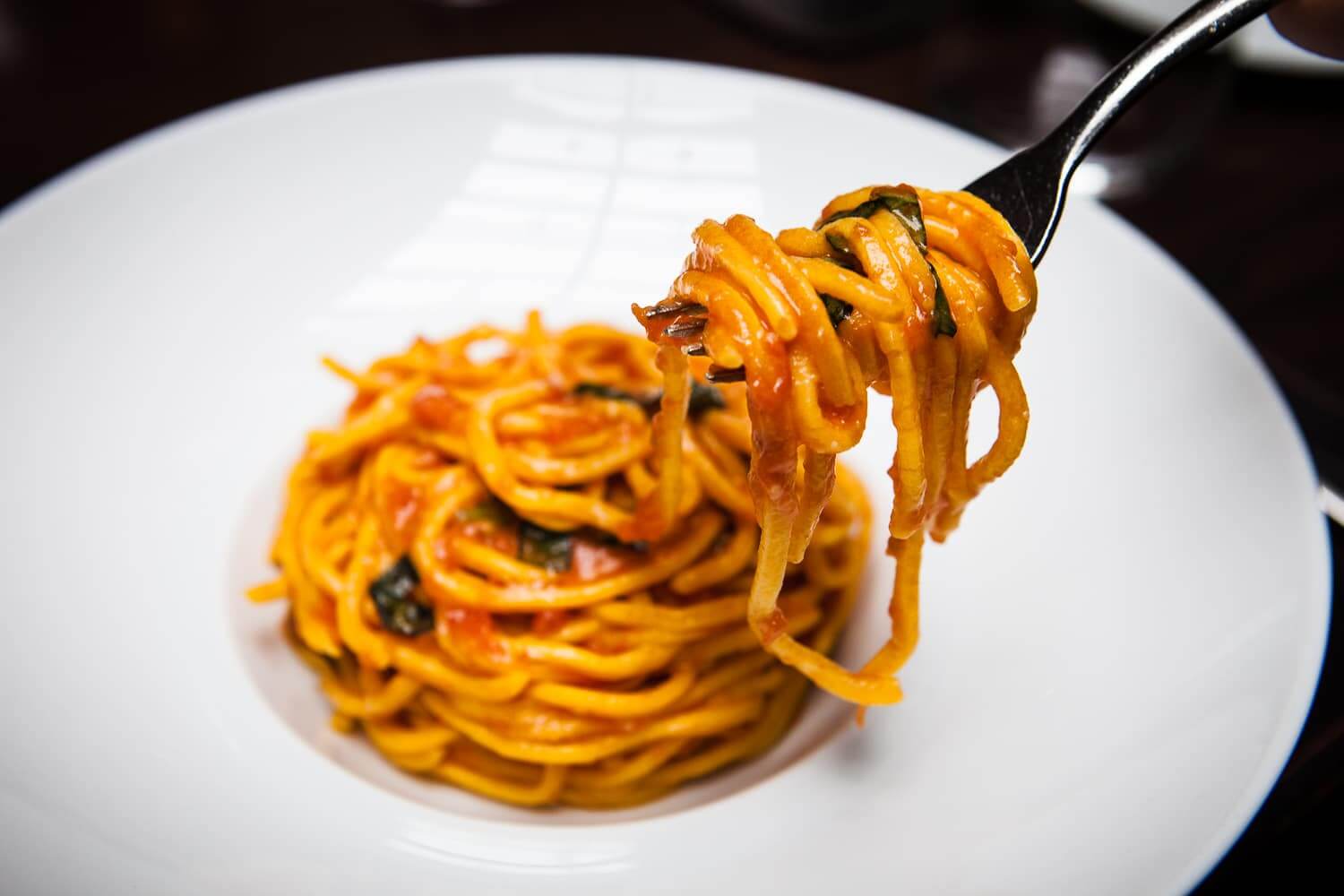The Top 5 Essential Tips For Making Your Food Photography Perfect

Have you been wondering how to make your food photography perfect? Whether you’re new to food photography or have been snapping photos of your plate before digging in, these five essential tips will help you master the art of food photography. Food photography requires lots of skill and experience to get it just right and even then, it’s still hard work! However, there are some simple tips you can use to improve your food photography and make your photos more eye-catching. In this article, we’ll take a look at five important essentials of food photography that will give you better photos than ever before!
5 Essential Tips For Making Your Food Photography Perfect

1. Set up your camera:
Before you begin taking photos, make sure your camera is set up to get a top-notch shot. Many cameras have a built-in setting that will allow you to automatically focus on food. Once your camera is set up, experiment with different angles and lighting options in order to find what works best for your particular subject. Having light coming from behind will give your pictures dimension and it’ll help eliminate shadows and other unwanted elements in your photo. Be sure to take lots of shots so that you can later choose the very best option!
2. Use Natural Light:
When taking photos of food, never use your camera’s flash. Flash photography can leave shadows and hot spots on your plate and will likely alter or mask color. Natural light is best for food photography because it allows you to bring out more details about what you are photographing without altering its original appearance. The best lighting for photo shoots is during a sunny day, so try to position yourself near a window with a view of open sky; however, direct sunlight can sometimes cause harsh shadows on smaller objects so it’s always important to pay attention to how much light is hitting each part of your photo. If there are no windows available in your environment, take advantage of natural light filtering through trees or clouds by capturing images outdoors whenever possible.
3. Choose a Background:
Because food photography has to do with showing off your culinary masterpiece. There’s a good chance that you’ll be taking photos in your kitchen or dining room. That can pose an issue if you don’t have a nice, bright white backdrop against which to show off your food.
Thankfully, getting such a background is easy. Just purchase some seamless paper from an art supply store and use it to cover all of your available surfaces. Another easy fix for creating a good backdrop? Hang up some white bed sheets for a backdrop that won’t be distracting to viewers. It will also allow them to focus on what matters: your wonderful food!
4. Get Close, But Not Too Close:
Okay, so you’ve got your props, food and lighting all ready. You’re probably close to having your perfect shot…but there are a few more details to cover. Zoom in really close on your food so that it’s right in front of your lens. A 50mm lens is ideal for getting food shots. However, if you don’t have a 50mm available, try using a macro setting or fill flash (if you have one) to bring some definition back into foods that have become dark while zooming in.
5. Capture the Mood:
Capture your food against an interesting background to show off your personality and create a mood for what you’re serving. If it’s simple comfort food, try a rustic wooden background; if it’s food from a roadside dive, try an urban brick wall. Play around with different textures, patterns and lighting to find something that captures your target audience’s attention. Think of what emotion you want to evoke in people who see your photos—happy? Hungry? Nostalgic?—and look for ways to visually express that feeling.
Conclusion:
It’s important to remember that food photography is a craft and a profession. There are some great recipes out there, but you won’t always find an amazing picture of them. The two elements must go hand in hand when preparing your content. This way, you will be able to deliver something truly valuable and informative to your readers. You can also learn a lot from other food photographers. They might have tricks up their sleeves that can make or break your photos! Share your work and make connections so you can learn more about what goes into taking stellar pictures of food!
Read Another Article: The Impact of a Photo in your Real Estate





